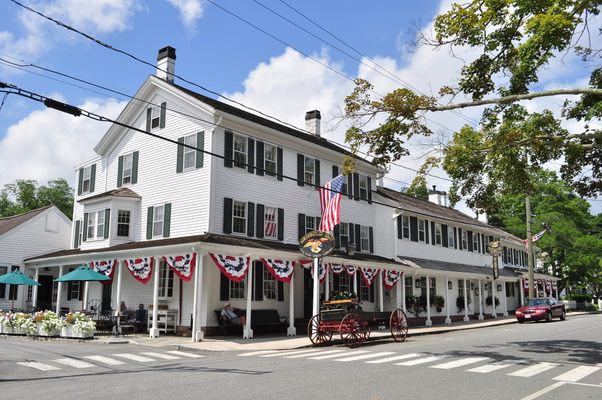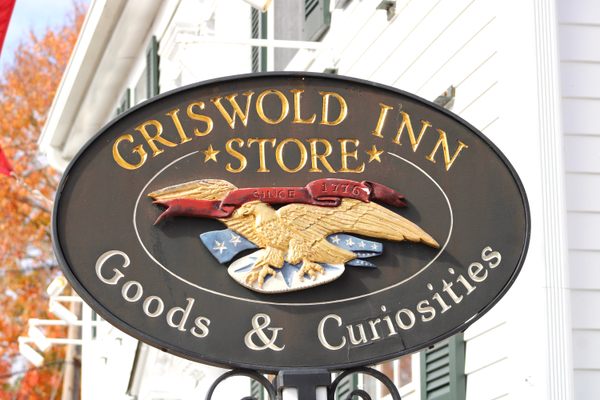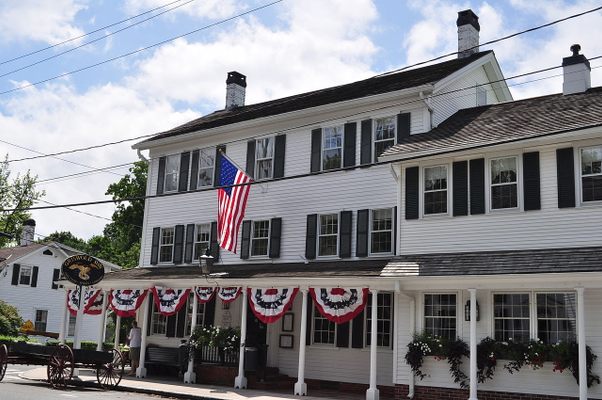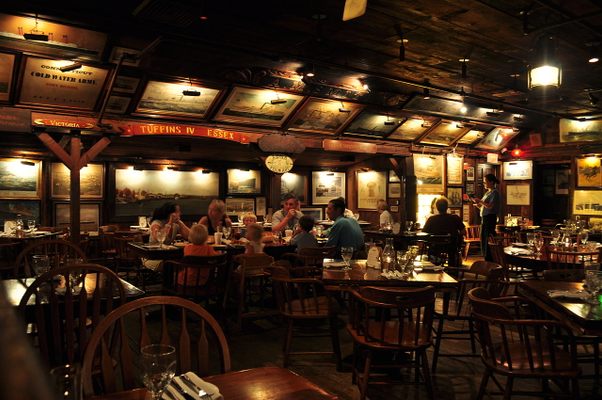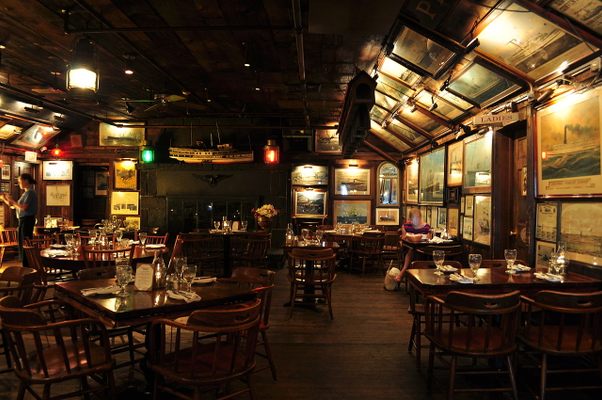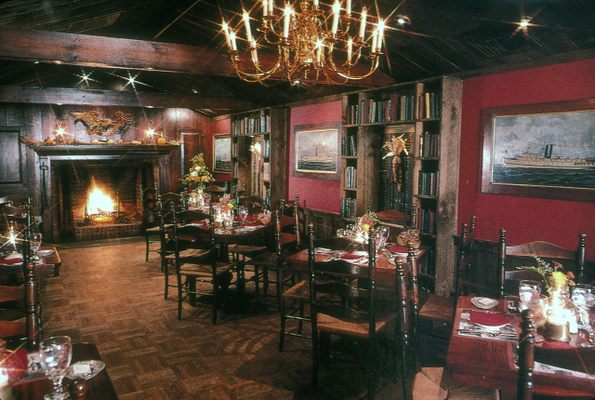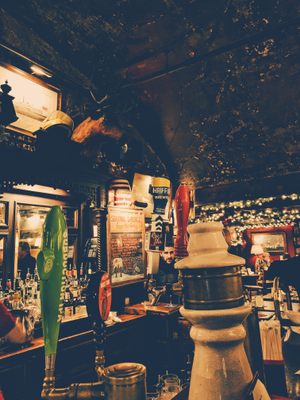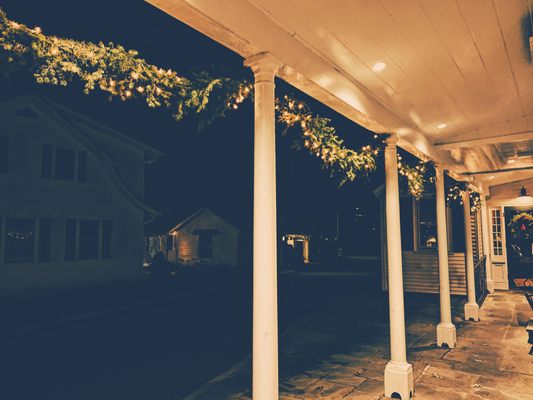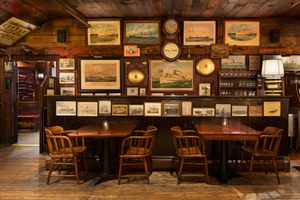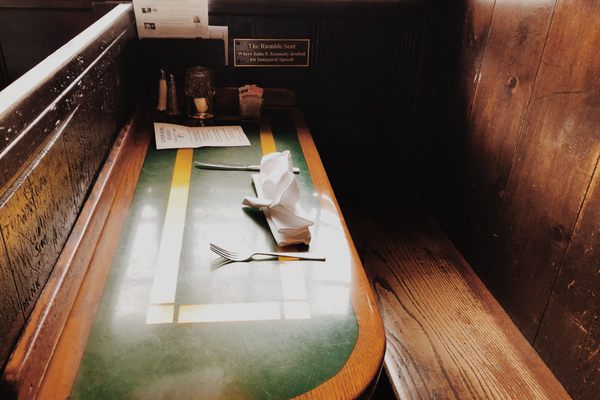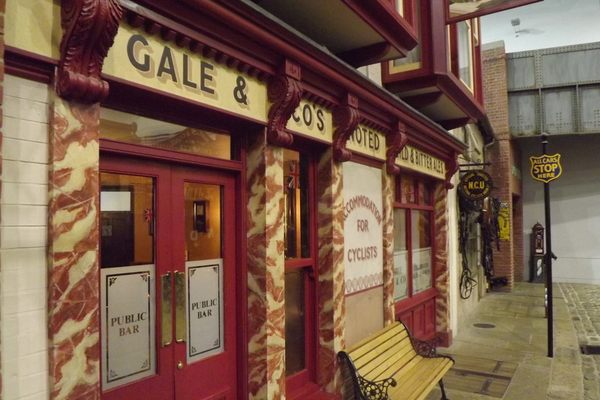About
The Griswold Inn opened its doors way back in 1776, when the town of Essex, Connecticut, was still known as the Potapoug Quarter of Saybrook. At the time, the original owners could scarcely imagine that, two and a half centuries later, their tavern would rank among the oldest continuously-operated inns in the United States. Nor could they foresee two approaching historical events: the British occupation of the Griswold and, later, the onset of Prohibition.
Business was booming at the "the Gris" in the late 18th century. Potapoug had become a shipbuilding hub and the inn housed, fed, and sold spirits to the many shipyard workers, tradesmen, and politicians who came to town. Then came the War of 1812, a conflict between the United States and the United Kingdom, which, despite the name, actually lasted until 1815.
In 1814, around 130 British marines and sailors arrived in Potapoug, intent on destroying the newly built privateers docked in the harbor. Overwhelmed and outgunned, the locals soon surrendered. The attackers, in typically British fashion, installed themselves in the local tavern. They occupied the Griswold Inn, burned more than two dozen ships in the harbor, and took hold of the town’s entire supply of rum.
During their time at the Griswold, the soldiers also engaged in another very British tradition: a massive breakfast every Sunday, which, as any Brit will tell you, is a fine cure for a weekend hangover. To this day, the Griswold still serves a hearty breakfast every Sunday, a convention carried over from its former occupiers.
Things returned to relative normalcy at the end of the war. The local economy was buoyed by regular steamboat services, which began on the Connecticut River in 1824. Potapoug (it would soon be renamed Essex, in 1852) was an important stop on the river, and the Griswold Inn was always full of travelers arriving by both land and water.
The next major test of the Griswold’s mettle was the arrival of Prohibition in 1920. If anything, however, the inn’s steadfast defiance of the alcohol ban made it even more popular. Being in a port town, the Gris was kept well-stocked by “rum runners” on the river. The feds raided the inn on numerous occasions, often slapping down hefty fines, but the tavern remained undaunted, serving a steady supply of spirits to its thirsty clientele.
The Griswold Inn weathered the Great Depression and, despite changing hands a number of times in the following decades, remained open through it all. Sailors and tradesmen continued to arrive in the local harbor, and the inn was often their second port of call. And with the establishment of yacht clubs in Essex, the Gris continued to thrive.
Today, the 22-room colonial structure remains as popular as ever. Despite a few major additions, including an award-winning taproom located in an adjacent building (itself a historic structure, built as a schoolhouse in 1735), the owners of the Gris have gone to great lengths to keep its historic integrity intact. Architecturally, the inn has changed very little. The walls, meanwhile, are covered in paintings, sketches, old maps and artifacts from the Griswold’s nearly 250-year history, creating not only a warm environment but also a historical record of both the tavern and the local area. For decades, the Gris has also hosted a popular sea shanty singalong that attracts bonafide seafarers as well as landlubbers.
With more than 100 pieces on display, the Gris is home to one of the largest collections of art and ephemera from the history of steamboating in the region. Look around at the many historic paintings and photographs that hang on the walls and you’ll see some true classics: drawings of steamboats by Samuel Ward Stanton, a historian and artist who died on the Titanic; Antonio Jacobsen's painting, "The Steamboat Connecticut"; and Norman Rockwell's "Steamboat Race on the Connecticut River," which hangs in the wine bar.
Related Tags
Know Before You Go
As well as its historic dining rooms, the Griswold Inn also has an excellent taproom, a wine bar and a total of 34 guest rooms with antique furnishings.
Community Contributors
Added By
Published
April 2, 2020
Sources
- https://www.nytimes.com/1986/09/21/nyregion/two-ancient-inns-claim-to-be-the-oldest.html
- https://www.theday.com/article/20130203/ent16/302039965
- http://historicbuildingsct.com/the-griswold-inn-1776/
- https://connecticuthistory.org/the-british-raid-on-essex/
- https://web.archive.org/web/20060821104607/http://www.essexct.com/History/#Attack
- http://griswoldinn.com/about-us/
